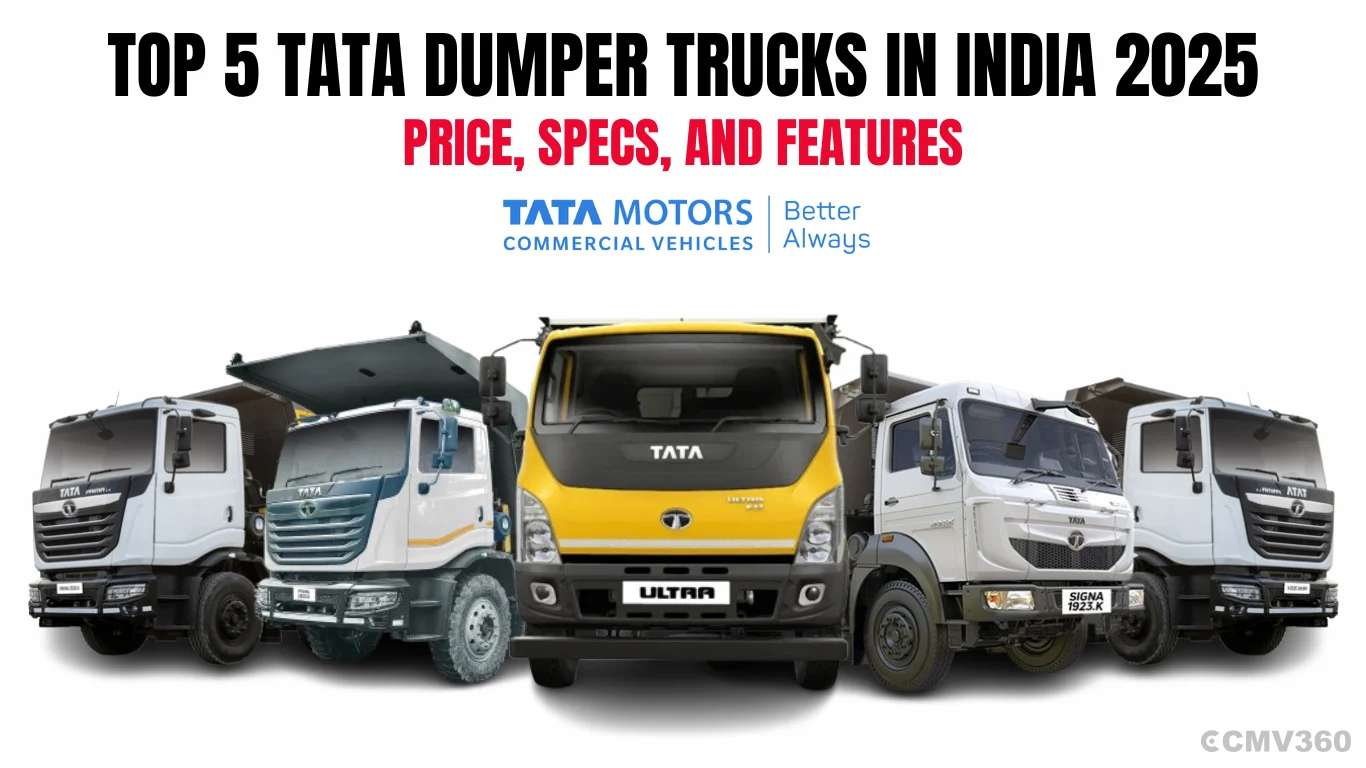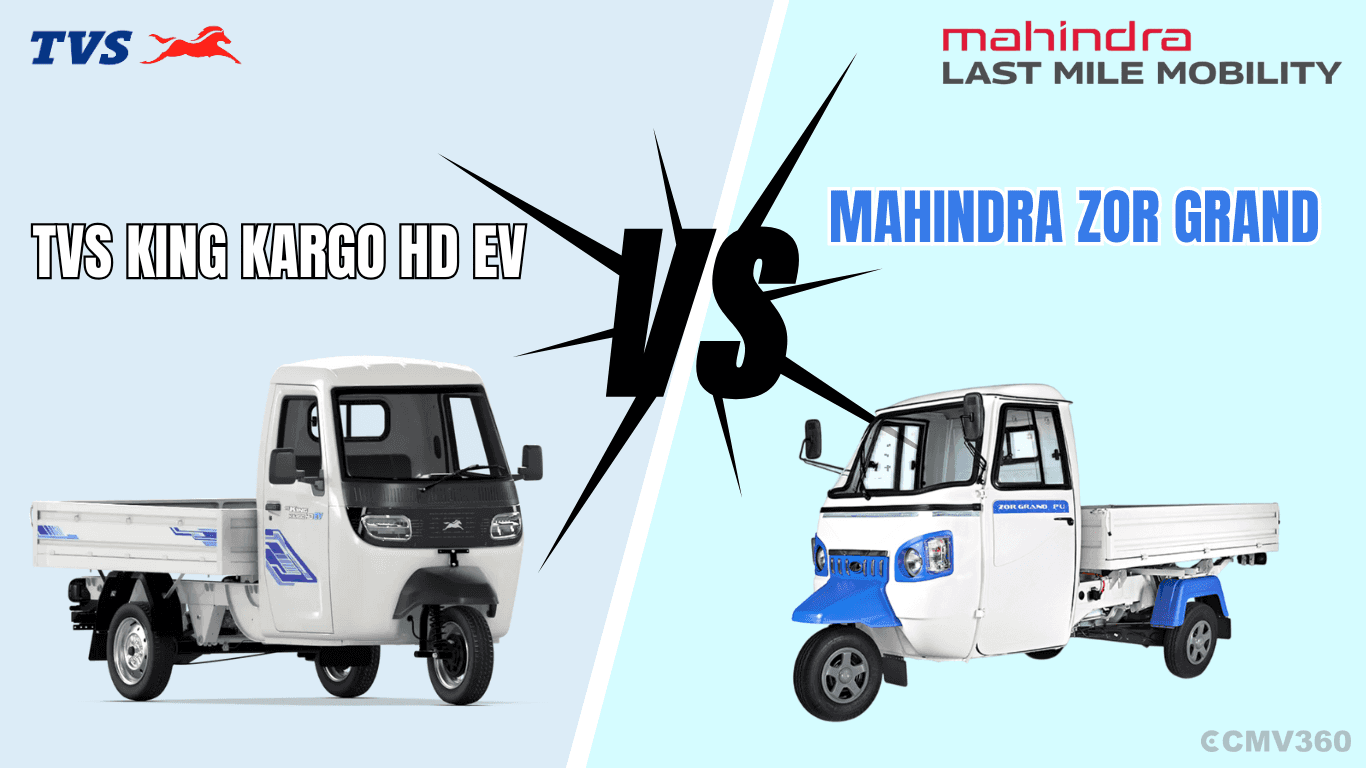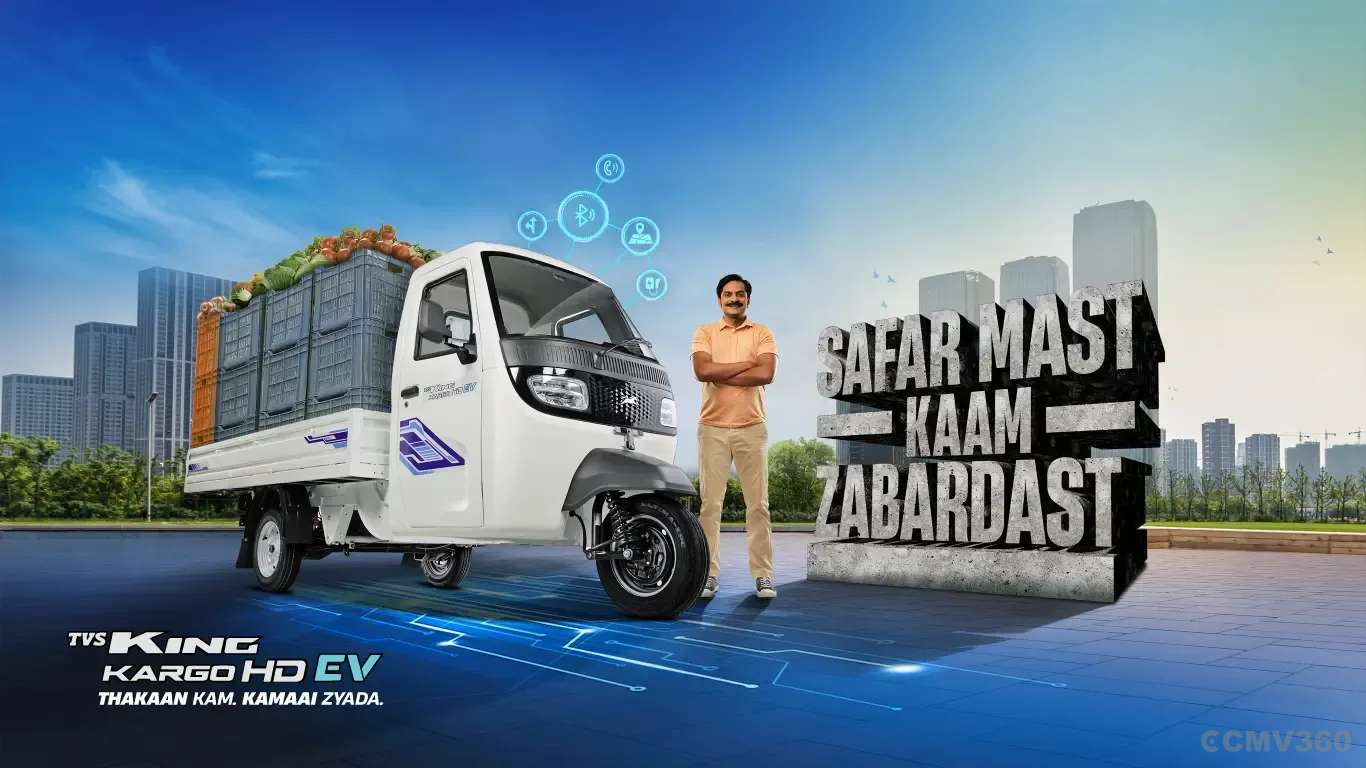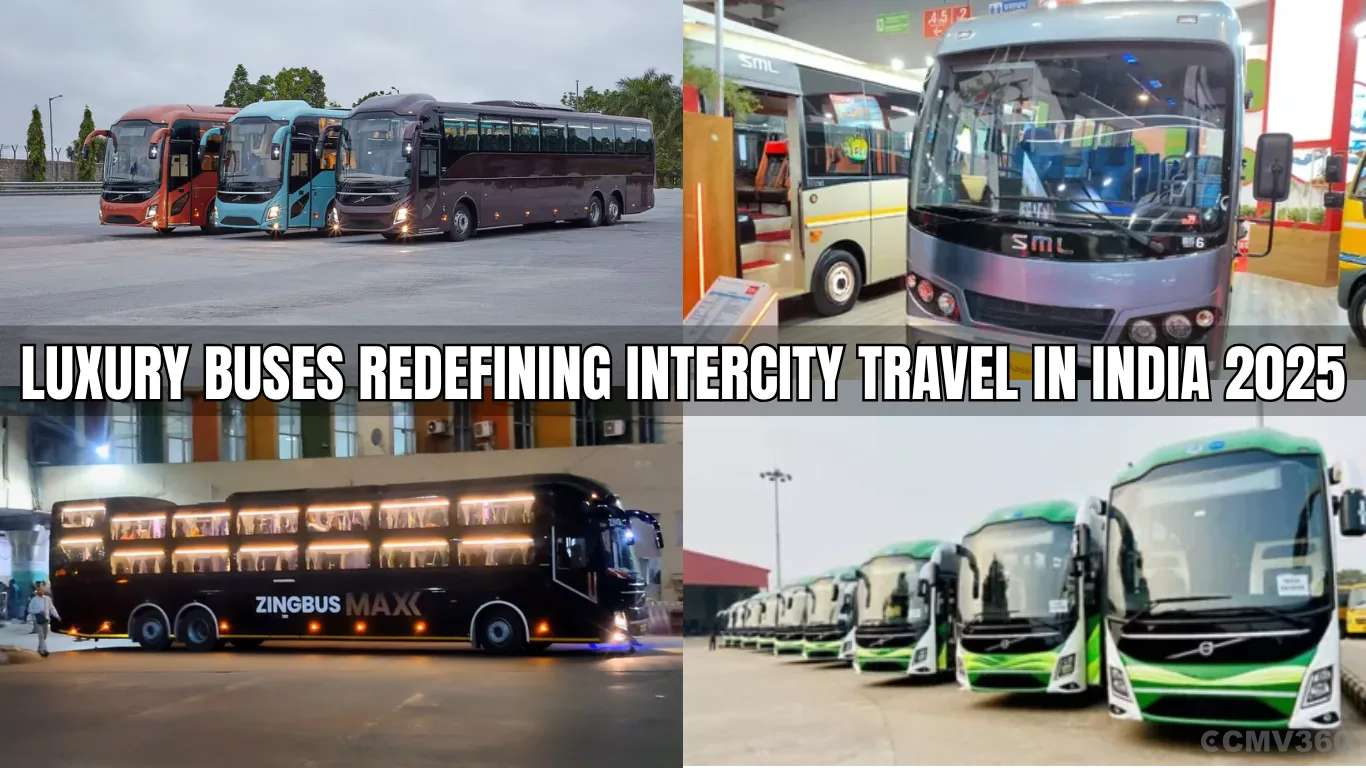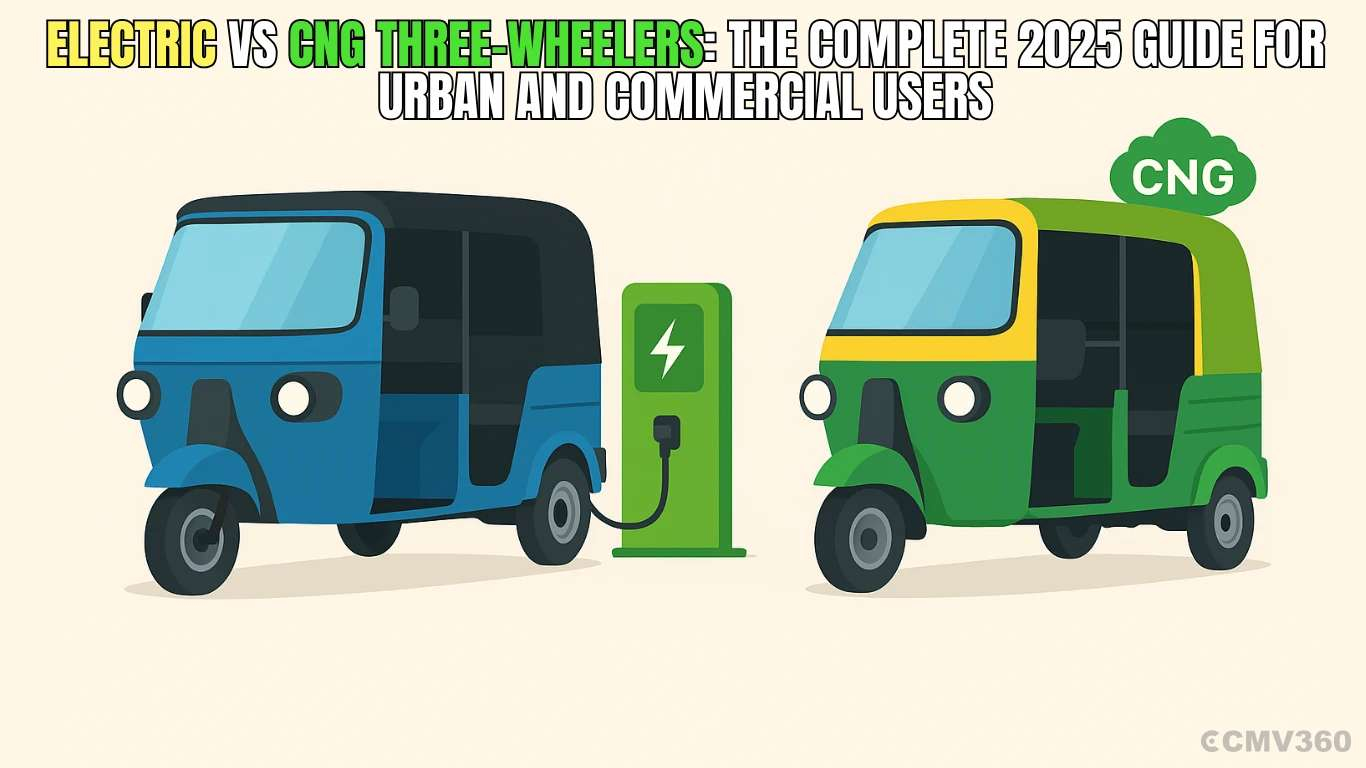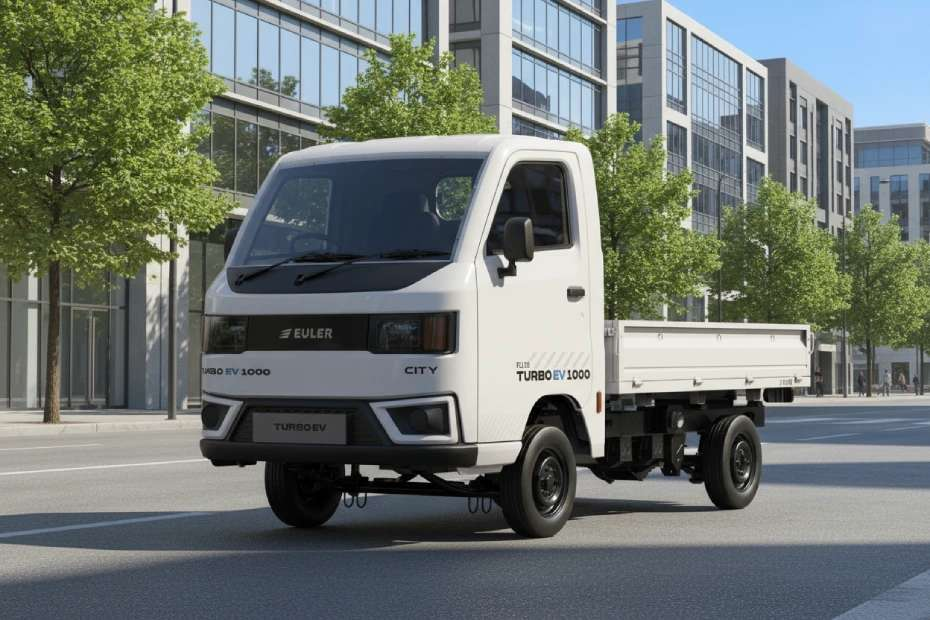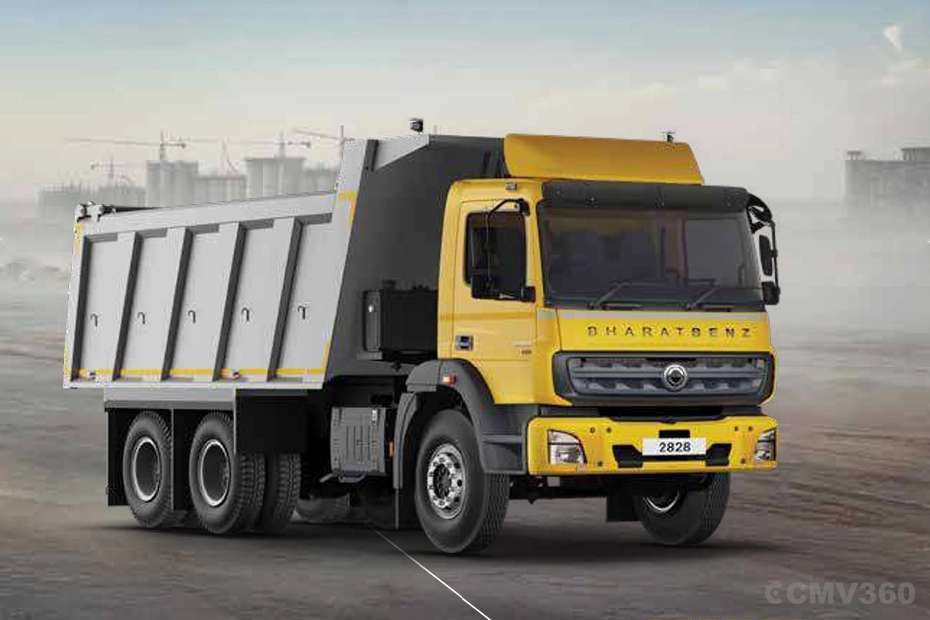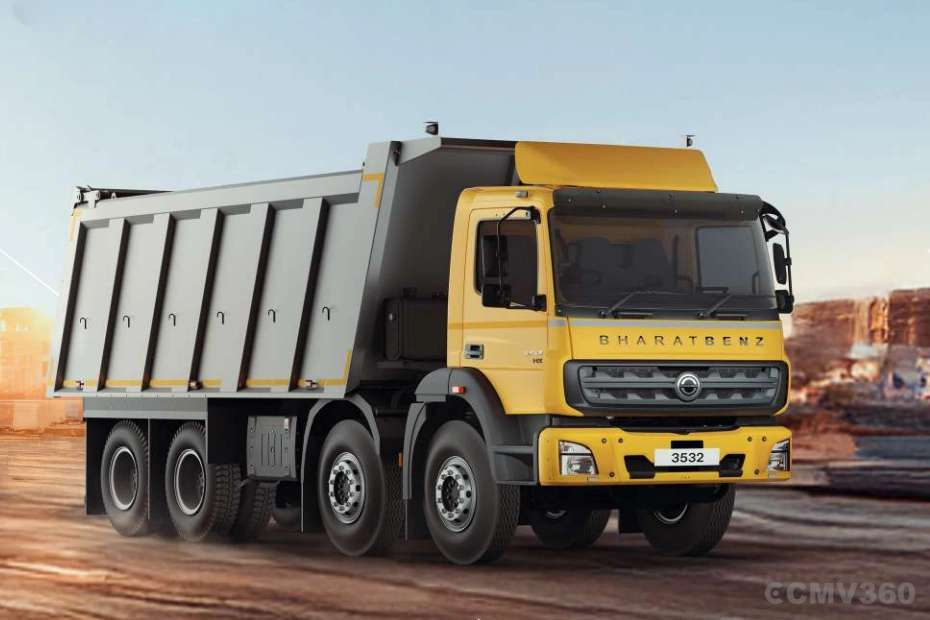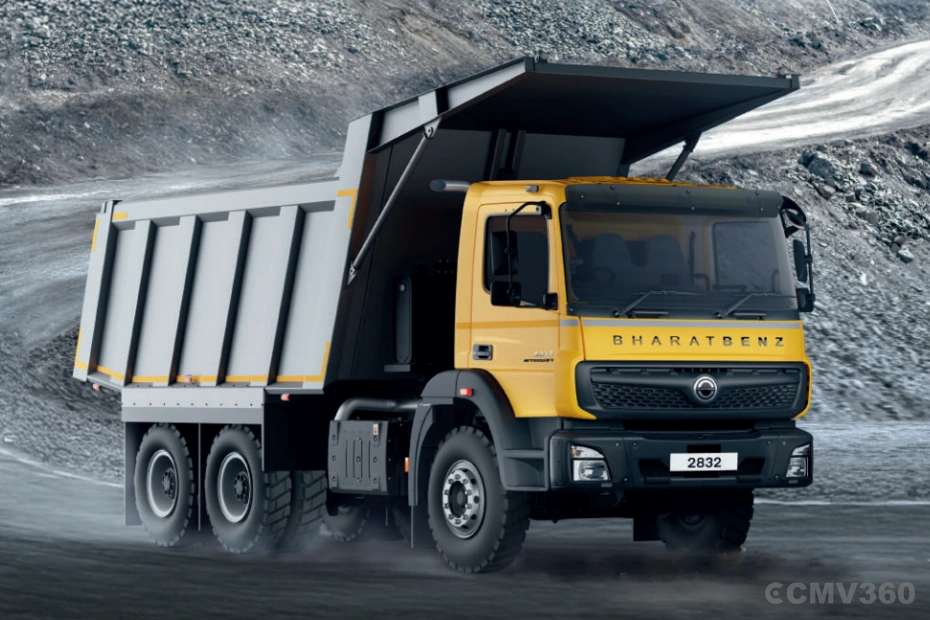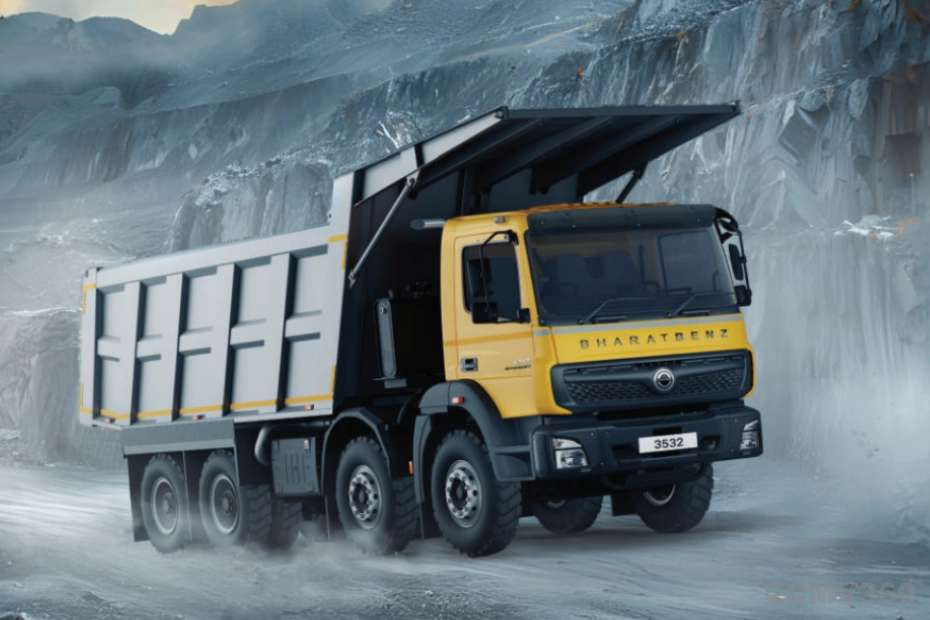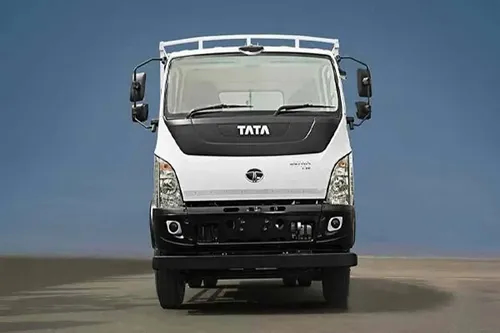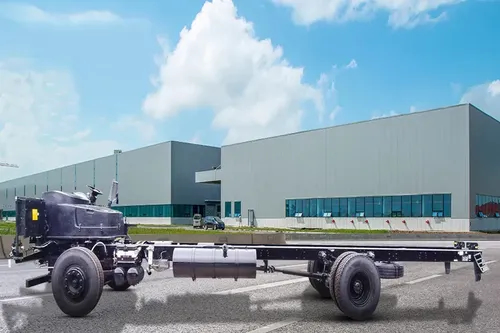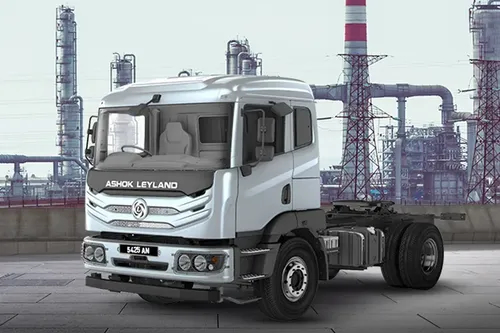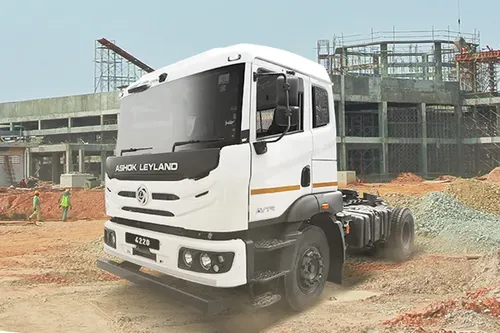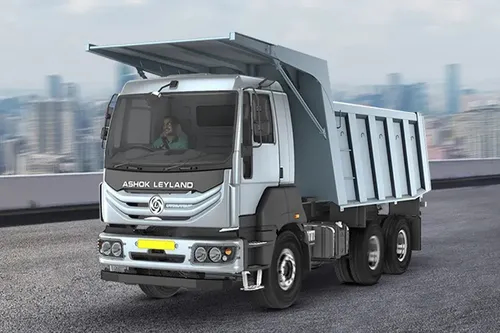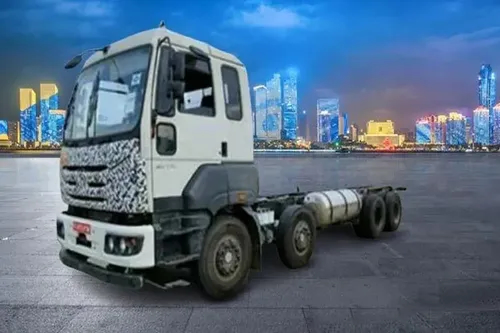Ad
Ad
Monsoon Maintenance Tips for Three-wheelers
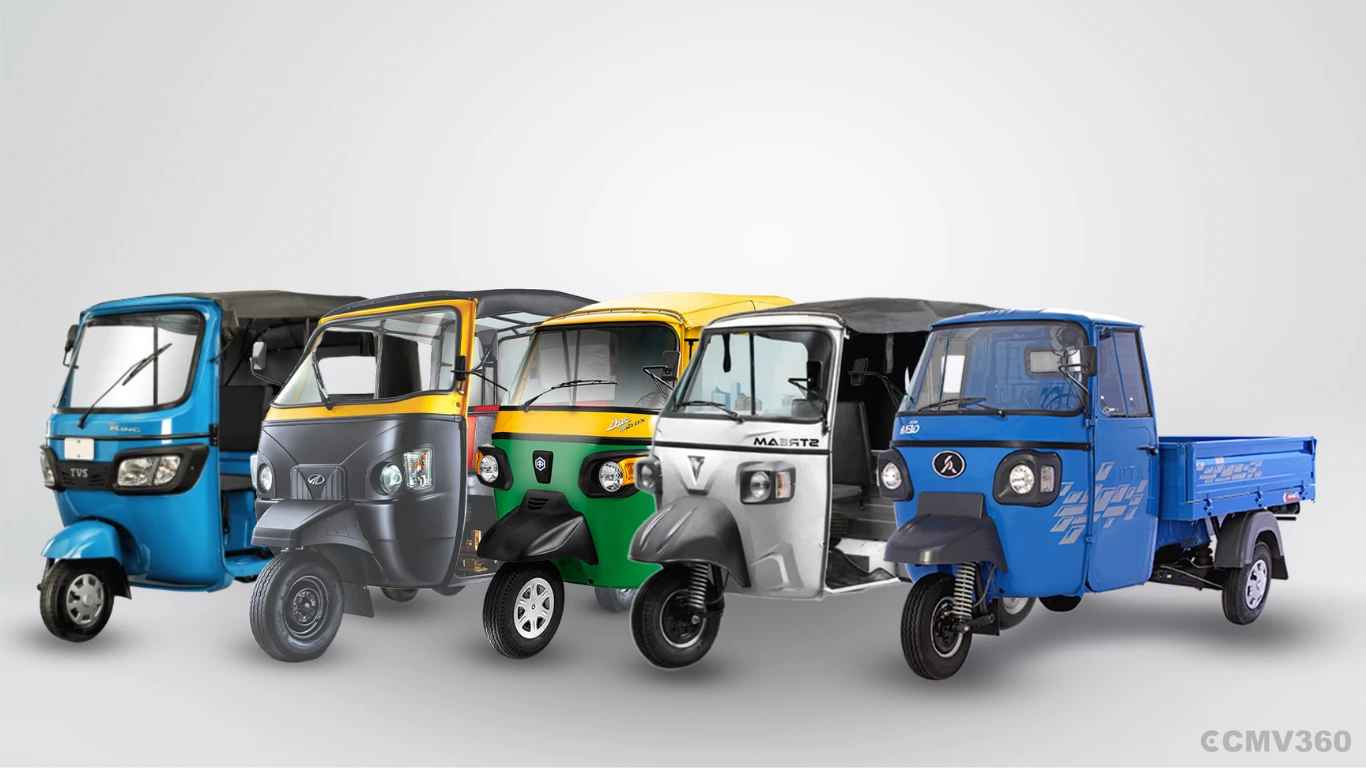
Monsoon season gives us relief from the heat, but it also brings many problems for vehicle owners. For three-wheeler drivers, rain can make roads slippery, increase the chances of rust, and affect engine performance. Water can enter important parts and cause damage. That’s why regular care and small checks are very important in the monsoon. In this article, we will share simple and useful monsoon maintenance tips for three-wheelers during rainy days.
Best Monsoon Maintenance Tips for Three-wheelers
Here are the Monsoon Maintenance Tips for Three-wheelers:
1. Tyre Check is Very Important
Tyres play a big role in safety, especially on wet roads. If the tyres are old or smooth, the vehicle can skid easily. So always check the tyres before starting your day. Make sure the grooves on the tyres are deep. These grooves help push the water away and stop skidding. Also, check air pressure. Too much or too little air is not good. If tyres are damaged, replace them quickly. This is an important part of three-wheeler monsoon care.
2. Keep the Brakes in Good Condition
Brakes must work perfectly during the rainy season. Water can enter the brake parts and reduce their working power. If you feel your brakes are not strong, or they make noise, get them checked. Clean the brakes regularly and don’t let dirt stay inside. Keep brake cables covered to avoid rust. Good brakes can save lives in wet weather.
Also Read: Discover Why Electric Rickshaws Are Smart Investments in India
3. Protect the Electrical Parts
Three-wheelers have basic electrical systems like lights, a horn, and a battery. Rainwater can damage these parts. So always keep the battery area and wires covered. If wires are open, cover them with tape. Use petroleum jelly on battery points to stop rust. Make sure all lights and indicators are working. This helps other drivers see your vehicle in rain and fog. Protecting three-wheeler electrical parts in the monsoon is essential for safety.
4. Use a Waterproof Cover
If your three-wheeler is parked in the open, rain can spoil the seat, dashboard, and body. Always use a strong waterproof cover when not using the vehicle. This protects it from water and dirt. If you can, park under a tree or a shed. Also, avoid parking in areas where water collects, because water can enter the engine or exhaust pipe.
5. Clean the Vehicle Regularly
Rain brings dirt and mud, which can stick to your vehicle. If you don’t clean it, this dirt can cause rust. Wash your three-wheeler every few days with water and mild soap. Clean under the body, tyres, and other parts where mud gets stuck. After washing, always wipe it dry with a cloth. You can also use wax polish to protect the paint.
6. Lubricate All Moving Parts
During monsoon, moving parts like levers, joints, and cables can become hard and noisy. This is due to moisture. To keep everything smooth, apply grease or oil on parts like the clutch lever, brake lever, accelerator, and chain. Do this every week or when needed. This makes driving smoother and avoids damage.
7. Check the Engine and Air Filter
The engine is the most important part of your three-wheeler. Rainwater can enter through the air intake if you drive in deep water. This can cause engine problems. Check the air filter regularly. If it is wet or dirty, clean or replace it. If your engine feels weak or doesn't start properly, get it checked. Never try to restart the engine if it stalls in water.
8. Take Care of Windshield and Wiper (If Available)
Many passenger three-wheelers have windshields and wipers. During rain, clear visibility is very important. Make sure the wiper is working well and the blade is not worn out. Clean the windshield often so you can see clearly. You can also apply anti-fog liquid to stop the glass from fogging up inside.
9. Protect the Body from Rust
Metal parts can rust quickly during the rainy season. Rust makes the body weak and ugly. To avoid this, spray anti-rust spray on exposed parts. If there are scratches, get them painted or sealed. Clean and dry the underbody often. Rust spreads fast, so take early action.
10. Always Keep an Emergency Kit
It is smart to stay prepared. Always carry a small emergency kit in your three-wheeler. Keep items like a torch, dry cloth, raincoat, simple tools, mobile charger, and power bank. Also, keep the numbers of nearby garages or mechanics. These small things can help a lot during breakdowns or heavy rain.
11. Avoid Driving in Deep Water
Sometimes roads are flooded. Driving through such water is dangerous. Water can enter your engine, brakes, or exhaust pipe and cause serious damage. If the water level is high, wait or take another route. If you have no choice, drive slowly and steadily, and avoid stopping in the water. After passing through water, stop in a dry area and check your brakes before continuing.
12. Check Fuel Cap and Exhaust Cover
Make sure the fuel tank cap is tight and sealed properly. Water should not enter the fuel tank. Also, use a small rubber cover for the exhaust if you park in a flooded area. This will prevent rainwater from entering the exhaust pipe. Both these small checks help in monsoon-ready three-wheeler maintenance.
Also Read: E-Rickshaw Battery Costs: What You Need to Know
CMV360 Says
Monsoon can be a tough time for three-wheeler owners, but with some care, you can avoid most problems. Tyre grip, working brakes, clean engine, and rust protection are the keys to a safe ride. Cover the vehicle, clean it often, and check parts regularly. These small habits can save you from big trouble. A little care during the rainy season keeps your three-wheeler strong, safe, and ready for the road. Keep these rainy season vehicle tips in mind and ride stress-free even in heavy rains.
Features & Articles
Top 5 Tata Dumper Trucks in India 2025: Price, Specs, and Features
Explore the top 5 Tata dumper trucks in India 2025 with prices, specs, features, and benefits. Compare Tata truck prices in India and choose the right model for your busi...
15-Sep-25 09:06 AM
Read Full NewsTVS King Kargo HD EV Vs Mahindra Zor Grand: Detailed Comparison of Features, Price & Specifications
TVS King Kargo HD EV and Mahindra Zor Grand are top electric cargo three-wheelers in India, offering strong performance, range, payload, and features for last-mile delive...
09-Sep-25 06:50 AM
Read Full NewsTVS King Kargo HD EV Launched With 5 Industry-First Features
TVS Motor launches King Kargo HD EV in India with Bluetooth, rolling windows, twin-axis ORVMs, and 156 km range. Priced at ₹3.85 lakh, ideal for urban cargo mobility....
28-Aug-25 07:41 AM
Read Full NewsBYD Fully Electric Heavy-Duty Commercial Vehicles Coming to India in 2025 – Everything You Need to Know
BYD to debut fully electric heavy-duty trucks in India by 2025, bringing advanced battery tech, local manufacturing, and zero-emission solutions for logistics, mining, an...
12-Aug-25 06:39 AM
Read Full NewsLuxury Buses Redefining Intercity Travel in India 2025
Explore how luxury buses in India 2025 offer comfort, safety, eco-friendly travel, and advanced technology, connecting metros and smaller towns with a premium travel expe...
11-Aug-25 12:52 PM
Read Full NewsElectric vs CNG Three-Wheelers: The Complete 2025 Guide for Urban and Commercial Users
Compare electric and CNG three-wheelers in 2025 to find the best choice for cost, range, and daily use....
11-Aug-25 11:47 AM
Read Full NewsAd
Ad
